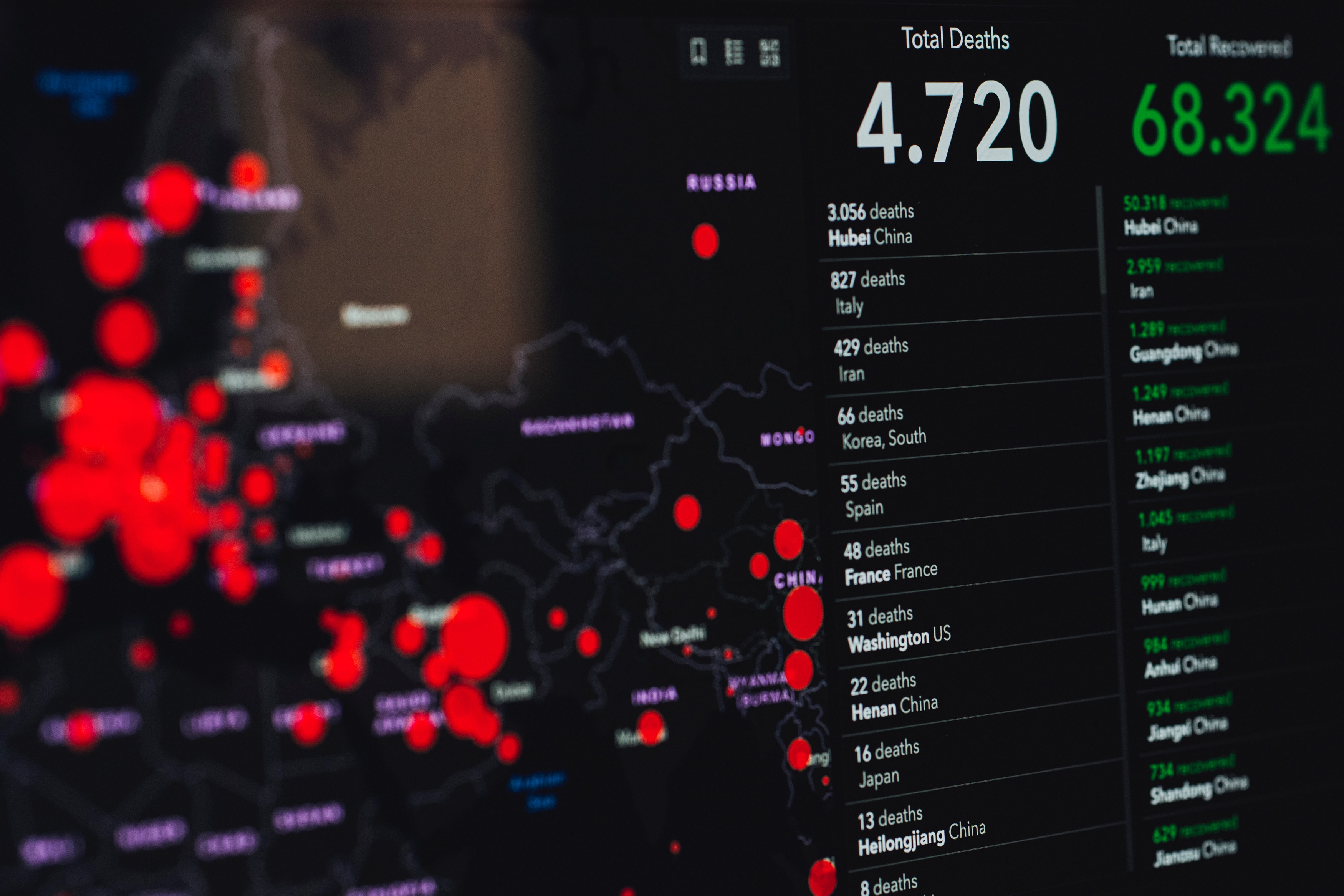Do changes in temperature and humidity affect the new coronavirus?
One of the biggest unknowns about the coronavirus is how changing seasons will affect its spread. Researchers from the Department of Physics & Astronomy received grant funding to answer this question. The physicists will create individual synthetic coronavirus particles without a genome, making the virus incapable of infection or replication. The researchers will test how the structure of the coronavirus withstands changes in humidity and temperature, and under what conditions the virus falls apart.
-Lead scientists: Michael Vershinin, PhD, Saveez Saffarian, PhD
A drug to block infection
One thing we really need is a medicine that prevents or treats COVID-19. Biochemists at U of U Health are working toward that goal by repurposing a strategy they developed against another infectious disease, HIV. Their trick is to build mirror images of pieces of proteins, called D-peptides. These little chemicals are designed to jam the infection process; because D-peptides aren’t found in nature, they aren’t degraded by the body. This could mean that one dose could last a long time, simplifying treatment and lowering cost. Getting new drugs approved can be a lengthy process, so this approach may not help with the current outbreak. That’s why the scientists are simultaneously creating a broad inhibitor that could be effective against other new coronaviruses.
-Lead scientists: Debra Eckert, PhD, Michael, Kay, PhD
Origins of the new coronavirus, SARS-CoV-2
Bats are rife with coronaviruses, most of which are likely harmless to people. Scientists have found that these viruses can exchange pieces of genetic information with each other, giving rise to viruses that cause outbreaks in humans. To identify the role these exchanges may have played in the origin of SARS-CoV-2, researchers in the Department of Human Genetics are scouring the virus’ genome to find regions that have changed recently. This can determine whether genetic exchange could have empowered the virus to infect us and evade our immune defenses. Understanding how docile viruses turn deadly could one day inspire new ideas to stop them.
-Lead scientists: Stephen Goldstein, PhD, Nels Elde, PhD
Who should be tested for COVID-19?
A limited number of COVID-19 tests are available due to international shortages of supplies to make them. In this situation, it is best to reserve testing for individuals who are most at risk for having the disease and developing severe symptoms. But who are they? Using mathematical models of disease spread and clinical data from those who have already been tested, infectious disease physicians are developing an online calculator. Plug in medical data and out comes a score indicating the likelihood that the patient will test positive. If the score is high, she should be tested. If the score is low, she can monitor symptoms at home (calling in if they change), potentially preserving a precious test.
-Lead scientist: Daniel Leung, MD, MSc
Planning for a better future
If we could see that the future looks dire, we might be able to strategize ways to change it. Epidemiologists are creating models based on what is known about transmission of the new coronavirus and combining those models with census data. The result? An indication of when the disease might enter different parts of the country, along with an expected number of cases. With this virtual world, scientists can then determine how outcomes might change when people take precautions like social distancing. Scientists are also developing hospital-specific scenarios to anticipate needs for beds, masks, ventilators, and other precious items in limited supply. With these data, the hope is to shift the future from ominous to optimistic.
-Lead scientist: Lindsay Keegan, PhD
Original post https://alertarticles.info
